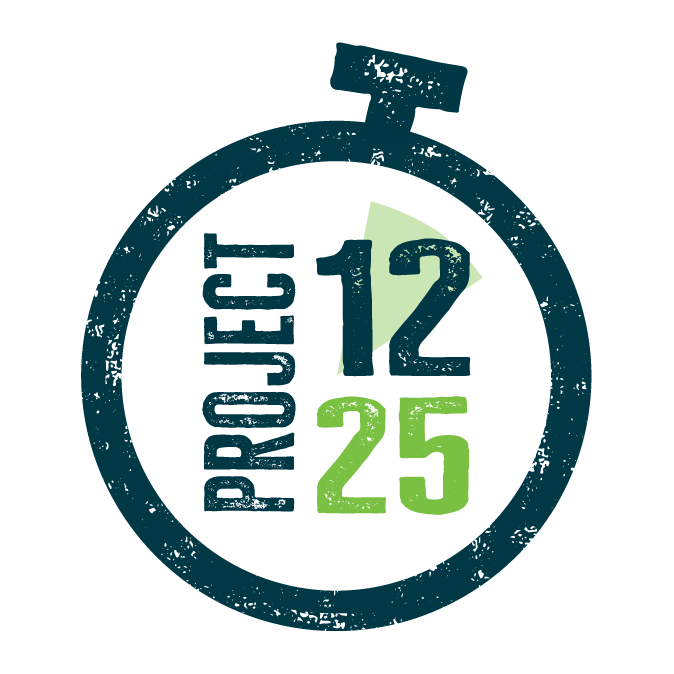The Council’s Engineering Services Division is responsible for roading in and around Invercargill and Bluff.
This includes road and footpath sealing, urban and rural vehicle crossings, road sweeping, road marking, ice gritting of roads, road closures, bridges, licence to occupy a road, street lights, traffic signals, pedestrian crossings, road and street signs, road safety, etc. The term “road” refers to the area outside the of the front property boundary to the opposite property boundary. It includes frontage (the land between the boundary fence and kerb), footpath, ditches and carriageway.
Because of the nature and scale of these jobs the Council employs contractors to manage and oversee certain aspects of this work. Funding for maintenance and on-going upgrades is provided by Invercargill City Council rates and the NZ Transport Agency.
Drive to the local conditions
From time to time accidents can happen on the Invercargill roading network, such as:
- chipped windscreens when driving on a section of newly sealed road, or
- tyre or suspension damage when driving over a pothole.
The road network isn’t guaranteed to be free from defects at all times. Road users are advised to drive to the local conditions and remember that conditions may vary along a stretch of road.
Contact your insurance provider first if you have sustained vehicle damage from travelling on the Invercargill City Council roading network. If appropriate, your insurer can then contact us.
Invercargill City Council will only consider a claim if we are presented with information to show that we haven’t taken reasonable care or steps to maintain the road network in a good, useable condition.
Managing roading assets
A Roading Asset Management Plan was adopted by the Invercargill City Council on November 7, 2017.
Roading Activity Management Plan
The predictive modelling system dTIMS (Deighton Total Infrastructure Management System) is used to assist Invercargill City Council network maintenance budgeting and at a project level in the preparation of the forward works programme.
The Roading Activity Procurement Strategy was adopted by Council on 24 September, 2019.
Invercargill City Council Roading Procurement Policy (Waka Kotahi)
Driveways: vehicle access information
A vehicle crossing is where your driveway crosses the footpath and street frontage. The Local Government Act 1974 (s335) requires that people who wish to take a vehicle from the road on to their property must do so by use of a properly constructed vehicular crossing.
Residential and heavy-duty vehicle crossings: A residential vehicle crossing may service up to three residential dwellings. A heavy-duty crossing is required when servicing four or more residential dwellings or for commercial activity. Residential and heavy duty vehicle crossings are not permitted to be constructed within 12 metres of an intersection. Also, vehicle crossings that will take up more that 25% of the frontage require special permission from the Council.
Urban – application 2018 Urban Vehicle Crossing application
Urban Vehicle Access to Your Property – 2022 (includes registered contractors)
Rural – application 2018 Rural Vehicle Crossing application
Rural Vehicle Access to Your Property – 2022 (includes registered contractors)
Vehicle Crossing wider than 25 percent of frontage – application
Vehicle Crossing – Building Consents form
Registered contractors: If you intend installing, extending or replacing a vehicle crossing you will need to contact a Council-approved and registered contractor who is permitted to carry out work on a public street. The contractor will be able to give you a quote for the work and will contact the Council on your behalf to obtain permission to carry out any work that is required.
The Council must make sure that all work within the street meets a certain standard and is safely completed. Underground services like power and telephone cables are in the street frontage/footpath and these must be avoided. If a cable is hit there is a risk of electrocution or disruption to the service.
Council approved and registered contractors (details in vehicle access sheets above) carry special public liability insurance against damage claims. Public safety is important and pedestrians and other users of the street must be protected. Contractors have special health and safety and traffic flow training to ensure that both the public and the workers are protected from harm in and around the worksite.
NZ Transport Agency Waka Kotahi
All state highways in the district are maintained by NZ Transport Agency Waka Kotahi, through their contractor Highways South (03 211 1561). The highways in the Invercargill area are:
- State Highway 1 (East Road, Tay street, Clyde Street, Bluff Highway, Gore Street-Stirling Point)
- State Highway 6 (Dee Street, North Road)
- State Highway 98 (Lorneville-Dacre highway – Cooper’s Corner eastwards)
- State Highway 99 (Wallacetown-Lorneville highway – Cooper’s Corner westwards)



